Swimming is a full-body workout that demands endurance, technique, and joint mobility. But even the most dedicated swimmers often overlook a crucial component of peak performance: flexibility and muscular balance. That’s where yoga comes in. With just 35 minutes a day, swimmers can dramatically improve posture, prevent injury, enhance breath control, and accelerate recovery—all from a mat.
This guide delivers coach-style pointers, essential form notes, and easy modifications tailored specifically for swimmers. Whether you're training for competition or swimming for fitness, this daily yoga routine will support your stroke efficiency and long-term joint health.
Swimming creates repetitive motion patterns—especially in the shoulders, hips, and spine. Over time, this can lead to muscle imbalances: tight chest and front shoulders, weak upper back, and restricted hip flexors. Yoga counteracts these imbalances by promoting symmetry, joint mobility, and deep breathing.
Key benefits include:
This routine is structured to warm up the body, open tight areas, build strength, and end with recovery. Perform it post-swim or on rest days for best results.
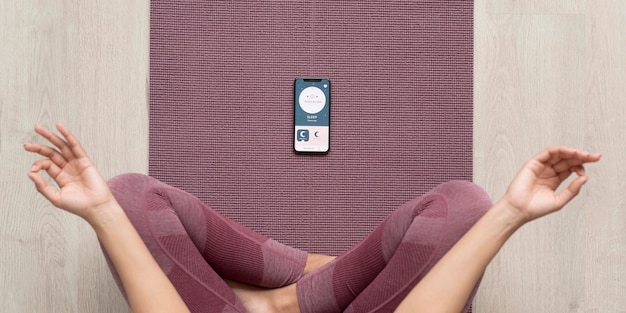
Sit cross-legged (Sukhasana) with hands on knees. Close your eyes and focus on diaphragmatic breathing—inhale deeply through the nose, expanding the belly, then exhale fully. This calms the nervous system and primes breath awareness, essential for stroke rhythm.
On hands and knees, alternate between arching the spine (Cow) and rounding it (Cat). Move slowly with breath. This warms up the spine and improves thoracic mobility—critical for body rotation in freestyle and butterfly.
Form Tip: Keep wrists under shoulders and knees under hips. Avoid collapsing into the lower back.
From hands and knees, lift hips up and back into an inverted V-shape. Press heels gently toward the floor and lengthen the spine.
Swimmer Focus: This stretch opens the shoulders, hamstrings, and calves—areas commonly tight in swimmers.
Modification: Bend knees slightly or press palms into blocks if hamstrings are tight.
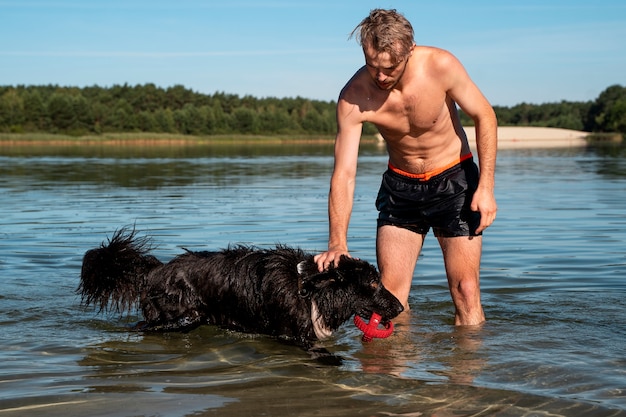
From Downward Dog, slide one arm under the opposite shoulder, palm up, and rest the shoulder and cheek on the mat. This deeply opens the upper back and rotator cuff.
Coach Pointer: Keep hips lifted and back leg active to maximize shoulder release. Essential for preventing swimmer’s shoulder.
Step one foot forward into a lunge, then place opposite hand on the floor and twist the torso upward, reaching the other hand to the sky. This combines hip flexor release with spinal rotation.
Swimmer Benefit: Opens tight hip flexors from streamline position and improves torso rotation for freestyle and backstroke.
Lie on your stomach, press into the hands to lift the chest. Cobra keeps hips on the ground; Upward Dog lifts thighs too. Strengthens the back and counteracts hunched posture.
Form Note: Keep elbows slightly bent and shoulders down—avoid crunching the lower back.
Sit with legs extended, inhale to lengthen the spine, then exhale and hinge forward from the hips. Focus on reaching the chest toward toes, not just the head.
Modification: Bend knees or use a strap around the feet. This stretch targets hamstrings and lower back—key for efficient kicking and flip turns.
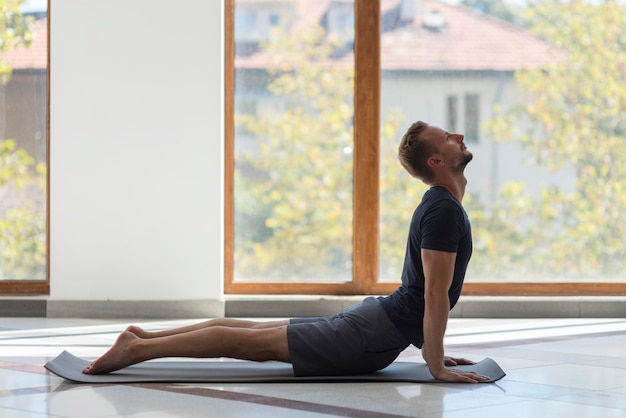
Lie on your back, hug one knee to chest, then guide it across the body while keeping shoulders grounded. Releases tension in the lower back and hips—common areas of stiffness after long swim sets.
Lie flat on your back, arms at sides, palms up. Close your eyes and breathe naturally. This final relaxation allows the body to integrate the benefits of the practice and supports nervous system recovery.
With just 35 minutes a day, swimmers can unlock greater range of motion, reduce injury risk, and enhance overall performance. This routine isn’t about mastering advanced poses—it’s about building a sustainable practice that supports your time in the water.
Commit to consistency, listen to your body, and let yoga become your secret weapon for stronger, smoother, and more resilient swimming.

Fitness

Fitness

Fitness

Fitness
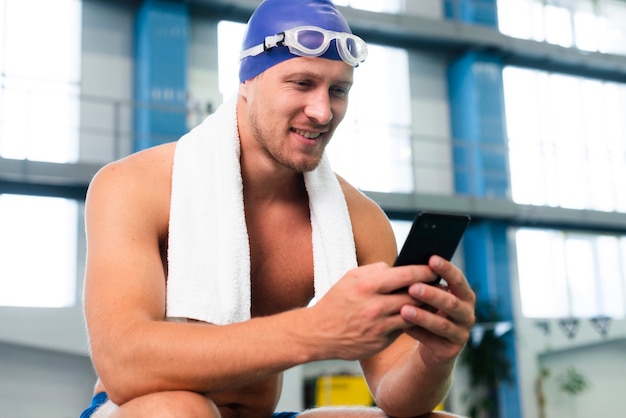
Fitness

Fitness
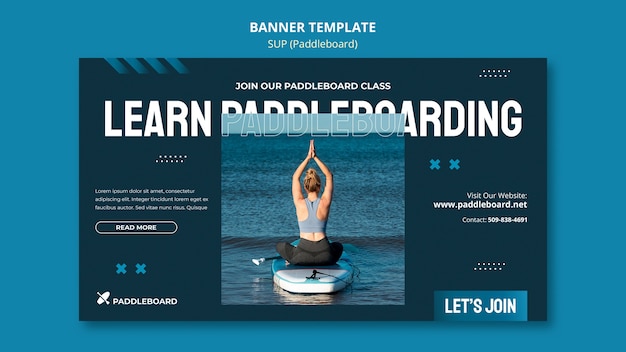
Fitness
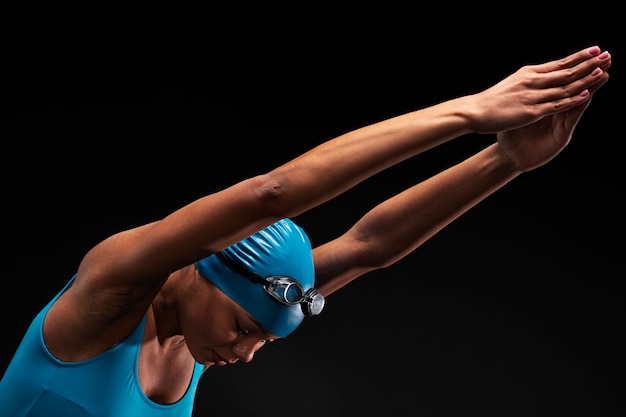
Fitness
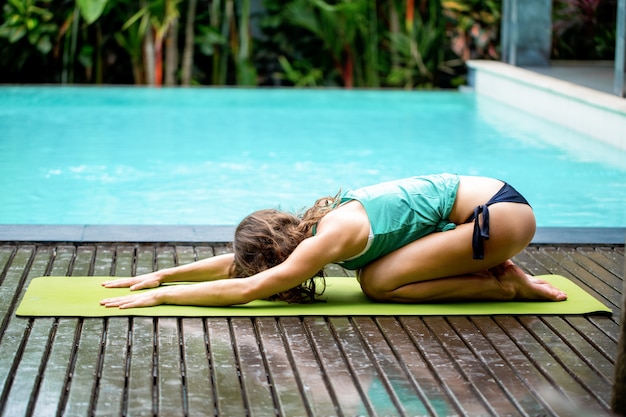
Fitness
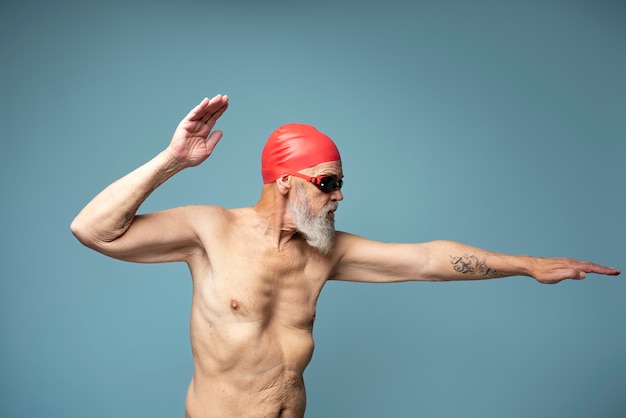
Fitness

Fitness
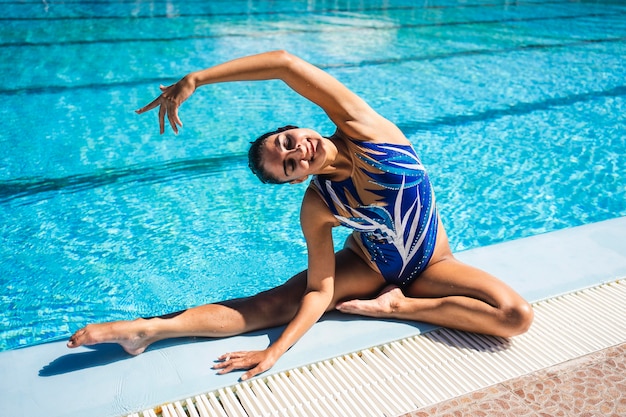
Fitness

Health

Fitness

Health

Health